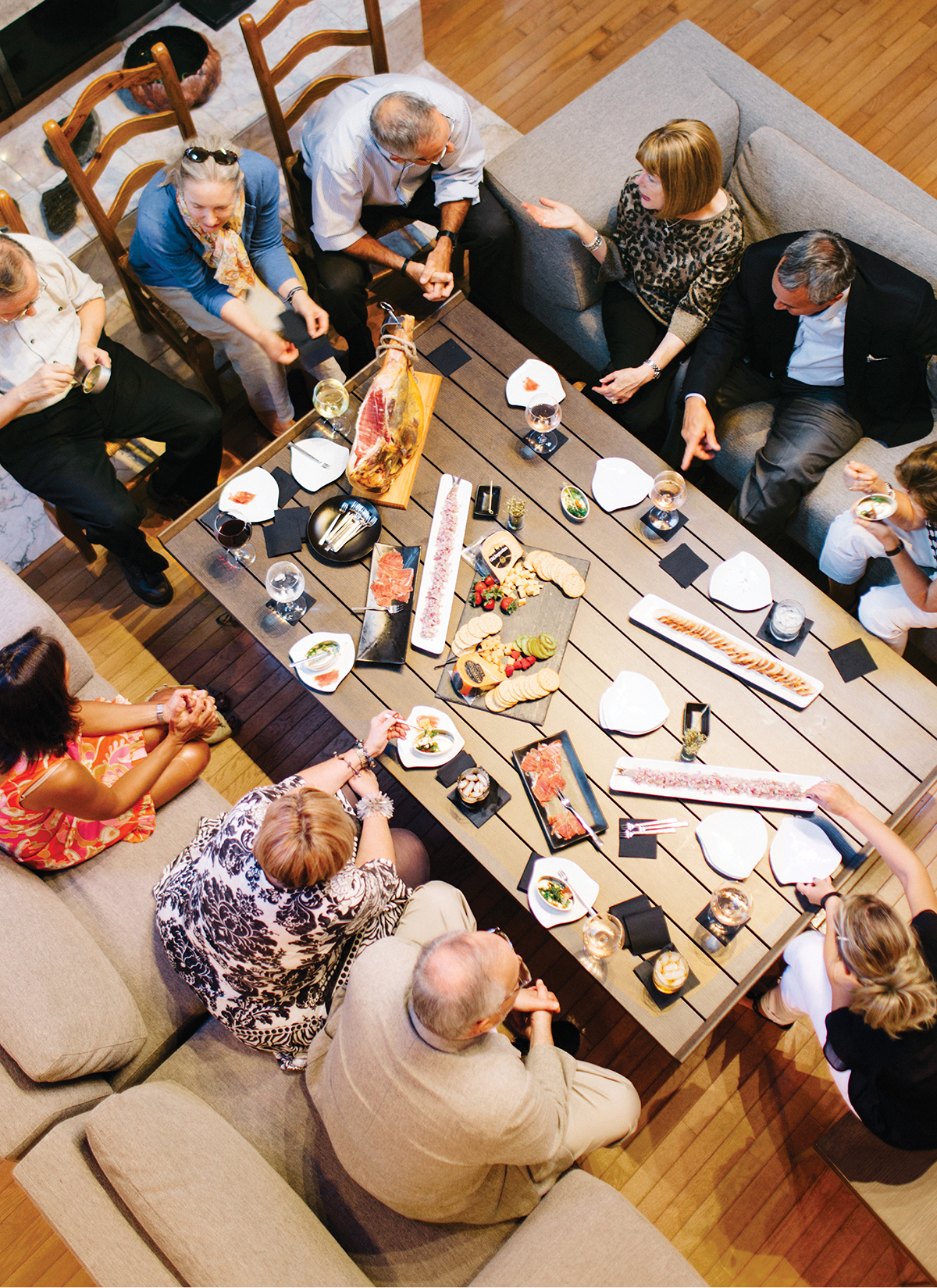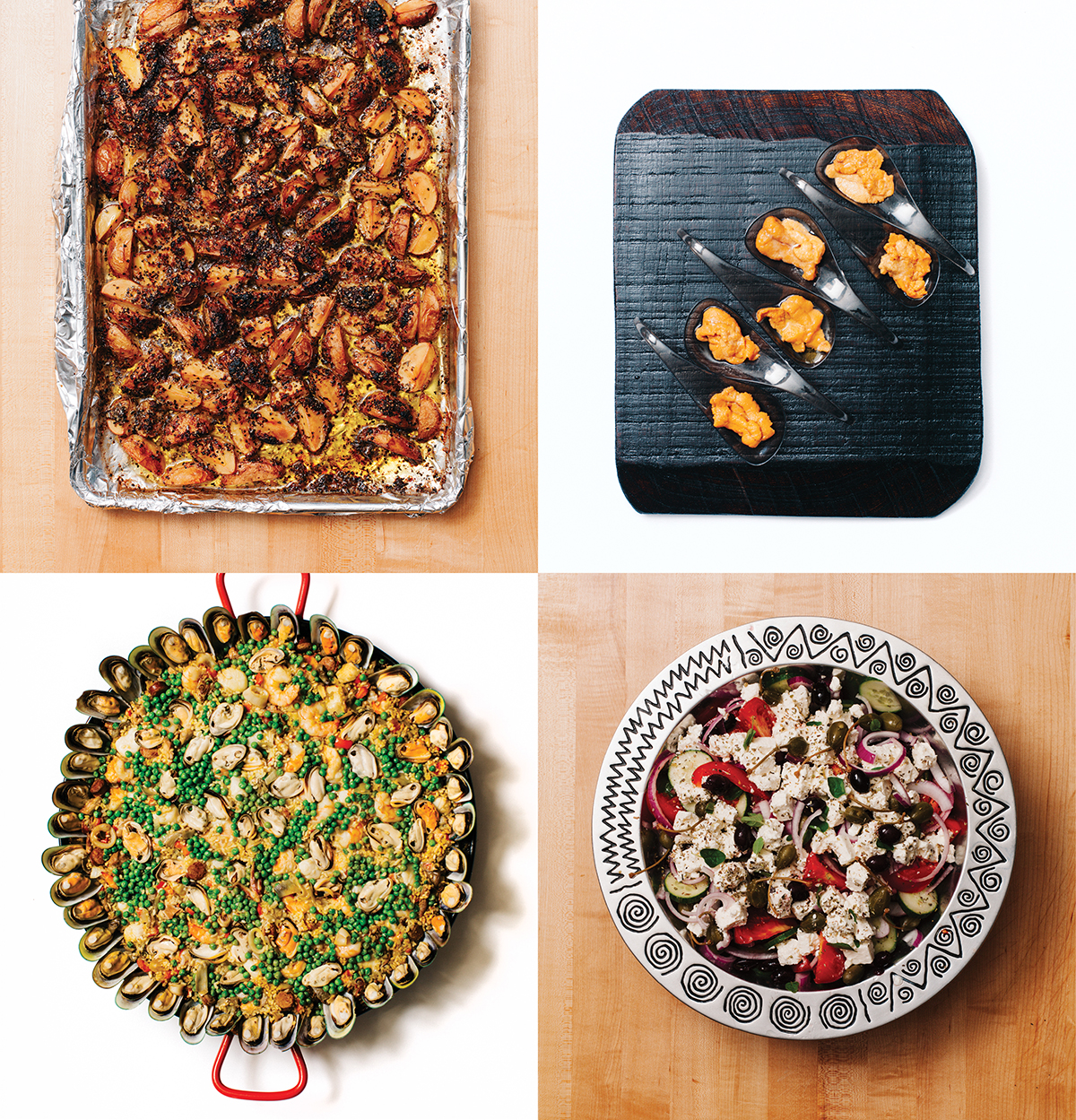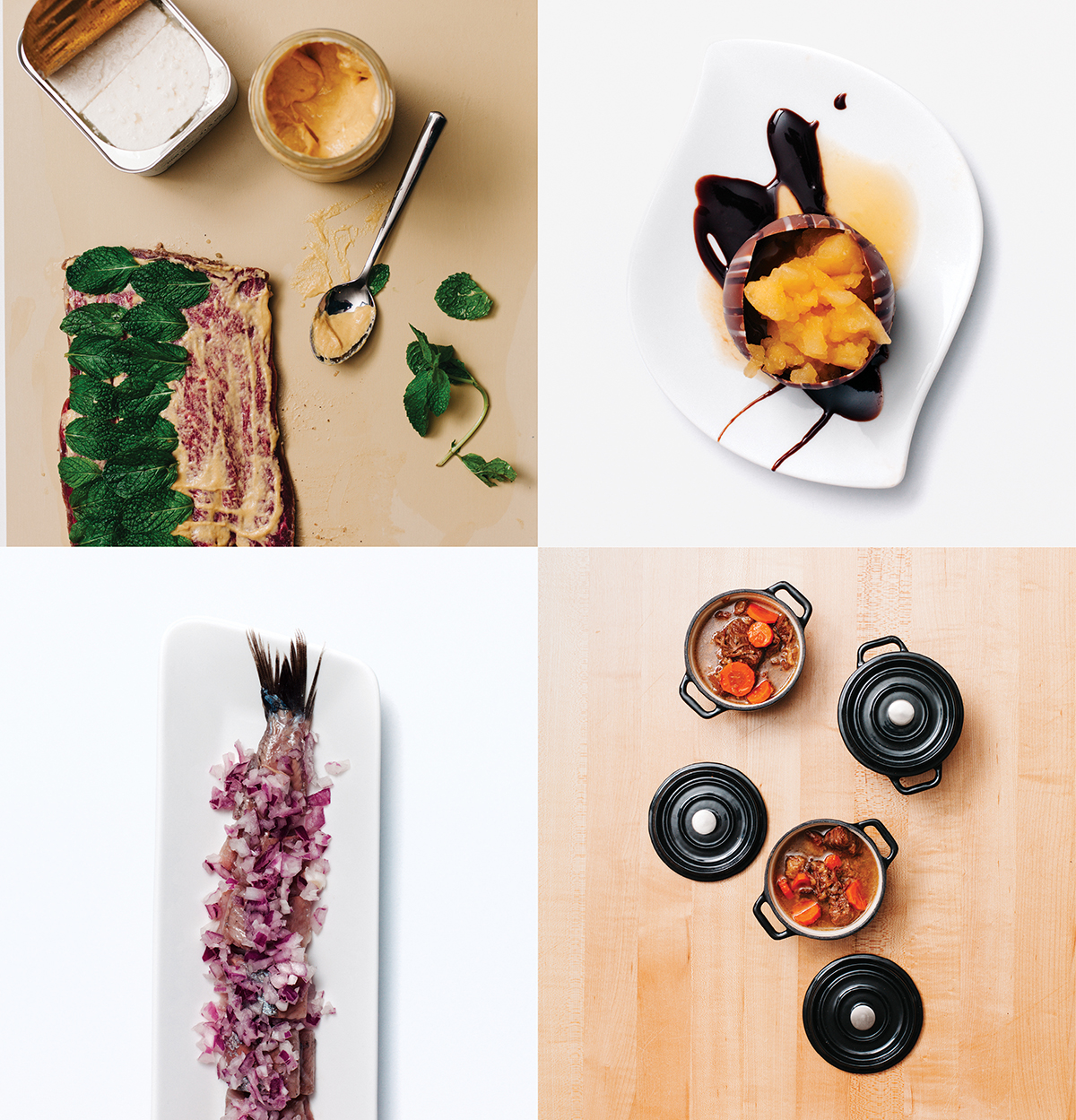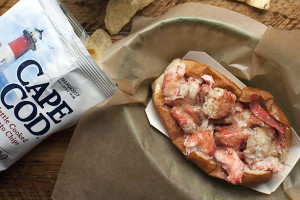Ioannis Miaoulis Wants to Get You Hooked on Science

Left: Ioannis Miaoulis, the president of the Museum of Science in Boston, at his Sherborn home. Photographs by Michael Piazza
A night in with Ioannis Miaoulis, the president of Boston’s Museum of Science, starts strong: Appetizers include slivers of ham carved from a whole leg of Serrano, fresh uni drizzled with olive oil, and tuna crudo dispatched from a 150-pound bluefin that Miaoulis caught with the help of Biogen CEO George Scangos just the other day in Chatham (the head, meanwhile, is busy roasting in the oven). It all seems incredibly extravagant. But for Yannis, as his friends call him, it’s just another Thursday.
In fact, many of the lavish dinner soirees that Miaoulis, who was born and raised in Greece, hosts at his Sherborn home end in dance parties assisted by a disco-lighting rig and fog machine, with shots of the South African liqueur Amarula passed around to guests. Tonight, however, is a touch more low-key—after appetizers, we move on to a mammoth dish of paella made from scratch on the back patio; crisp duck breasts slathered in brandy-laced foie gras sauce; a feta-stuffed lamb loin cooked sous vide; and a halibut poached whole in a copper turbot pan. We skip the strobe-lit disco session.
But there is fresh orange sorbet, crafted in dramatic smoking fashion with the assist of liquid nitrogen. There is also that Amarula, which we sip from petite glasses purchased in Budapest. (As we tilt back shots of the fruity liqueur, Miaoulis whips out his phone to show us YouTube videos of African elephants and monkeys getting fall-down drunk on fermented marula fruits.)
Then, for a final nightcap, out come the flavor-tripping pills. They’re tablets resembling SweeTarts, made from a tiny fruit called Synsepalum dulcificum (known colloquially as “magic berries”), that turn sour flavors sweet. We let them dissolve on our tongues, and then raid the fridge to see if it works—aged balsamic takes on the caramelly sweetness of port, lemon wedges become more like lemon drops, and this sliced Padrón pepper is certainly…
“Wait, don’t eat that,” Miaoulis warns. Too late—the fiery heat lights up my esophagus. But it’s nothing that can’t be fixed by a few more slugs of Amarula.

Tuna crudo, pickled herring, Serrano ham, and fresh uni kick off the evening. Photograph by Michael Piazza.
Despite his penchant for throwing parties, Miaoulis is no mere figurehead at the Museum of Science. In addition to overseeing programming, he’s developed an international engineering curriculum, gives about 50 lectures a year around the globe, and serves on the board of CASIS, which manages the International Space Station. But food has always been his passion—and increasingly, it’s also become his vocation. Back when he was the dean of engineering at Tufts University, where he taught for 17 years before taking the top post at the museum, Miaoulis created a course called “Gourmet Engineering” that taught students about topics like heat transfer in a state-of-the-art test kitchen. Long before it became fashionable to pair high science and haute cuisine, at a time when student interest in engineering was declining, Miaoulis realized that food was an effective way to get people excited about it. Enrollment skyrocketed.
That’s one big reason why he wants to make the museum a nationally recognized food hub. By increasing the museum’s food programming—recent exhibits have included 2013’s Our Global Kitchen and last year’s Innovation in the Art of Food, curated by Ferran Adrià, the world’s foremost food innovator—Miaoulis hopes to get visitors invested in topics like sustainability and the environment. The museum’s current exhibit, The Photography of Modernist Cuisine, features arresting visuals from former Microsoft chief technical officer—and massive food geek—Nathan Myhrvold. And there’s more to come within the next two years, with the installation of a 1,200-square-foot space devoted to food-centric exhibits, all programmed by a culinary task force, assembled by Miaoulis, that includes former Raytheon CEO Bill Swanson (who happens to own a Napa vineyard) and nationally renowned chef José Andrés.

Photographs by Michael Piazza
Top Row: Herbed potatoes; uni with olive oil. Bottom Row: A dramatic paella; Greek salad.

Photographs by Michael Piazza
Top Row: Lamb stuffed with mint and feta; orange sorbet in Belgian chocolate shells. Bottom Row: Miaoulis’s partner, Heidi Maes, who splits her time between the U.S. and Belgium, prepared traditional Belgian stew and pickled herring she brought over from Amsterdam.
On this night in August, Miaoulis’s guests are a cross-section of his task force and the museum’s board of trustees—beyond Swanson, diners include Daphne Hatsopoulos (wife of George Hatsopoulos, founder of the company that’s now Thermo Fisher Scientific) and museum chairman (and Meditech president and CEO) Howard Messing. They’re used to his extravagant feasts: At one party Miaoulis made 36 Peking-style ducks; another featured 50 lobsters cooked outdoors on Miaoulis’s electric paella grill. Adrià has been to his home for dinner. Twice. (Once for moussaka, another time for a giant pig roast.)
Miaoulis takes his cooking as seriously as he takes his job, maybe more so—he once walked out of a meeting to win a $1,001 eBay bid on a web-footed silver duck press. But his colleagues don’t seem to mind; in fact, they welcome their access to perhaps one of the area’s most exciting dining destinations. Just ask Messing: “I always tell people that the best thing about being chairman,” he says, “is dinner at Yannis’s.”


